Professor Emeritus, Keio University
Chairman, Institute for Urban Strategies, The Mori Memorial Foundation
Director, Academyhills
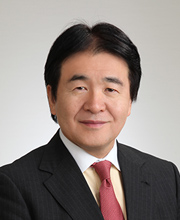
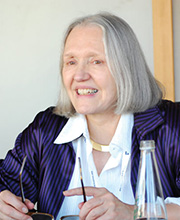
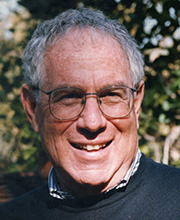

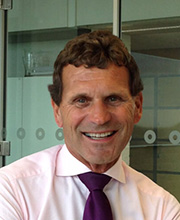
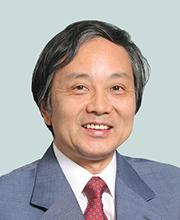
Today’s symposium aims to summarize the results of three years of research carried out by the Mori Memorial Foundation’s Institute for Urban Strategies by discussing the visions and strategies that have been formulated for Tokyo. In today’s first session we will discuss visions for the city, and in the second we will focus on the strategies required to ensure those visions are realized.
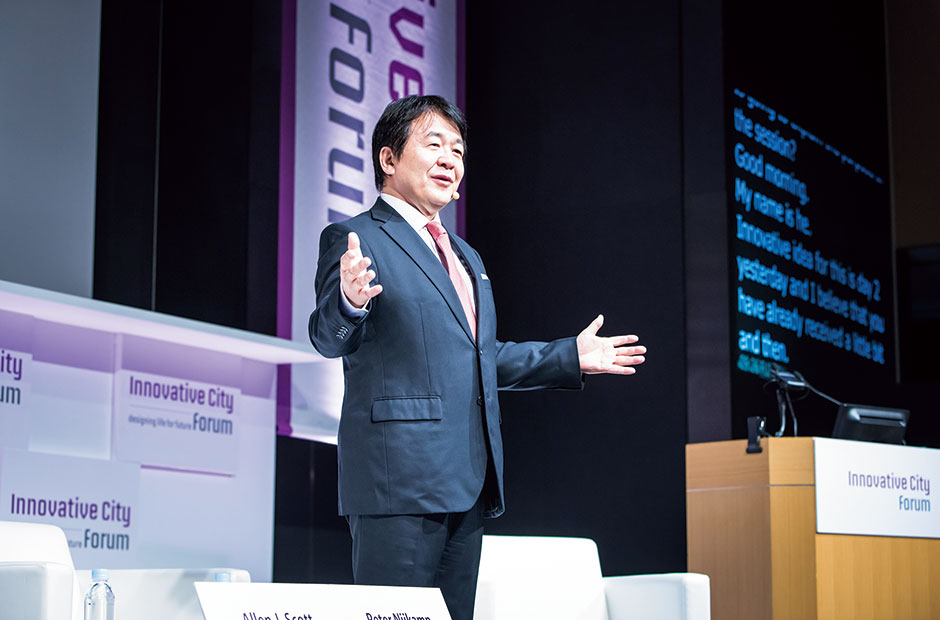
The Global Power City Index (GPCI) was first published in 2008 by the Mori Memorial Foundation’s Institute for Urban Strategies and this year will see the release of the 10th edition of the report. Furthermore, this is the fifth time we have held the Innovative City Forum (ICF). It is only fitting then that this year we should try to combine the results of both the GPCI and ICF into one scenario. With the aim of depicting such a scenario, we are targeting 2035 as a milestone year and have continued to focus our research studies on the visions and strategies necessary for making Tokyo a more radiant city.
We have thus far examined future visions for Tokyo from three standpoints: 1) the future already being planned for or being considered and anticipated; 2) a future that might occur due to technological developments and changing values; and 3) research related to case studies of advanced urban planning in cities overseas.
Regarding the first point of view, let’s consider the anticipated future that Tokyo will face. The Institute bases its forecasts on the collection of broad-ranging data, one of which is projected population. Populations are expected to continually increase over the long term in cities such as London, New York, Singapore, and Hong Kong. In contrast, they are expected to decline in Tokyo and Seoul. Moreover, the global issue of climate change is also predicted to affect Japan. Specifically, the annual average temperature at the end of this century will have increased considerably compared to the end of the 20th century, and we are also likely to see more frequent heavy rainfall on an annual basis. As for transportation infrastructure, even though traffic flow is expected to improve with roughly 90% of Tokyo’s three ring roads being completed by the year 2020, the infrastructure built during Japan’s period of high economic growth will only continue to deteriorate.
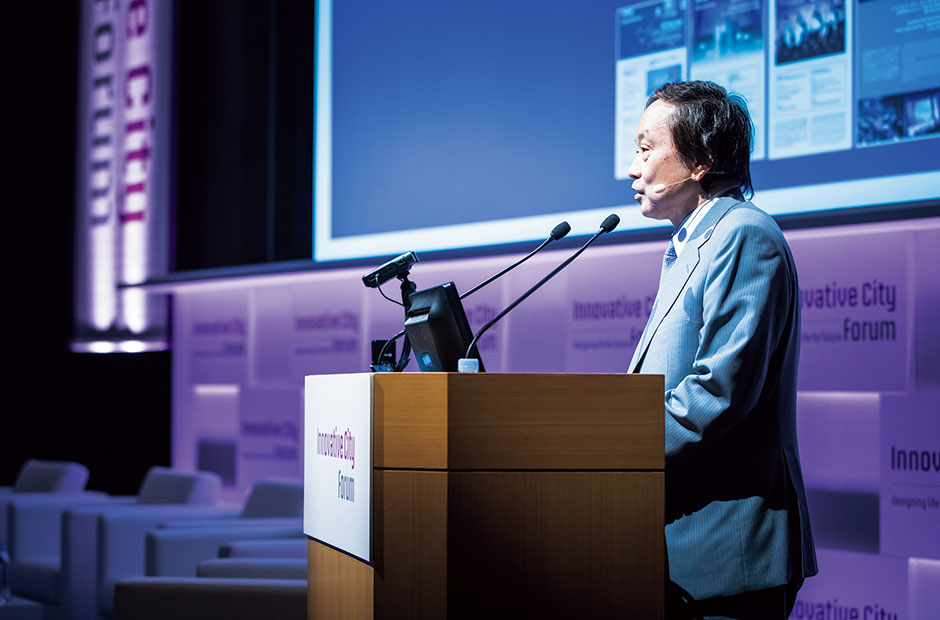
As for the second perspective of developments in technology and changing values, a panel of experts and last year’s ICF have hitherto discussed four main themes: Future Living, Future Work, Future Mobility, and Future Entertainment.
For the third point, we have learnt from multiple angles about leading case studies in cities overseas during previous ICF sessions. Symposiums were held in 2013 about the current situation of city centers being revitalized in some Asian cities, in 2014 about the urban visions for London and New York, and then in 2015 about city identities in the age of globalization, as well as a symposium on improving public spaces through public-private partnership. In addition to these symposiums, over the last few years we have examined case studies of advanced urban planning in cities like London, New York, Paris, Vienna, Boston, and Seoul. We now invite you to watch a video we have produced that depicts Tokyo’s future and summarizes all of the aforementioned points.
The vision of Tokyo roughly 20 years into the future that you just saw is a representation of five themes: Future Living, Future Work, Future Mobility, Future Entertainment, and Future Built Environment. I would like to talk about some of the messages from each of the scenes in the video.
For example, drones were pictured in the opening scene. By 2035 we envisage that drones will be used mainly for maintenance and security purposes. An airplane was also shown in the sky. This depicts the idea that fly zones in inner-city areas will have been expanded and the number of departures and arrivals at airports increased. In addition to this, the future depicted in the film assumes that Tokyo will have a lot more greenery and that the ageing metropolitan expressway will have been restructured.
The indoor scene expresses the notion that it is more socially acceptable for people to work from home if they so wish. It also postulates that the family unit will have included advanced robots that could be considered as family members. These robots would communicate naturally with humans thanks to advancements in biometrics technology.
As for mobility, on-demand self-driving taxis will have become standard. Also, its windows will serve as multi-function displays connected to the internet. Moreover, fleet management powered by big data and artificial intelligence will significantly ease traffic congestion.
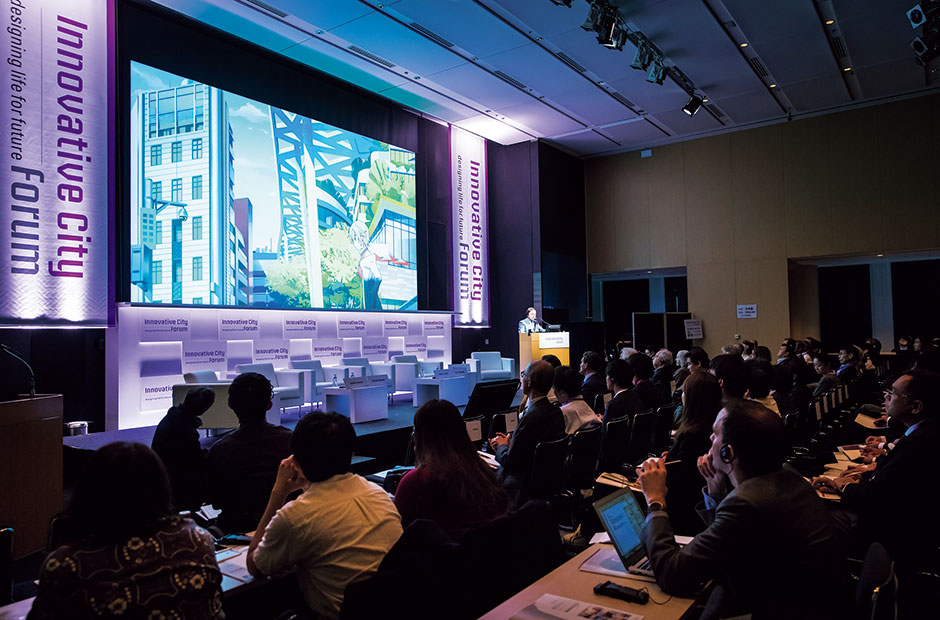
The labor force will continue to grow older due to the declining birth rate and aging population, while the number of foreign workers will have increased. However, working robots will play a role in the future and we can expect robotic exo-skeletons that expand the capabilities of the human body to become commonplace. Furthermore, earpiece type automatic translation devices that enable instantaneous multilingual communication, as well as other multi-functional wearables, will most likely become widespread thanks to the advancement of IoT.
One negative aspect of Tokyo’s future is the likelihood of the weather becoming increasingly tropical due to climate change, while torrential rainfall is expected to occur more frequently than at present. That said, with the development of many green tracts of land within the city, we can assume that rainwater run-off will be more readily absorbed.
Tokyo’s urban spaces will be transformed through the reorganization of inner-city precincts and a gradual consolidation of open spaces. It is also thought that regulations on city parks will be eased, thus giving them more versatility. In addition, the scale of urban development projects will continue to expand, and we can expect to see an increase in city precincts bustling with activity thanks to the use of horizontal development in area management. We can also expect to see the creation of areas brimming with venues to enjoy live entertainment, such as theaters. Alongside such new developments, the history and traditions of the city will also be leveraged to create streetscapes unique to Tokyo. Furthermore, the city will likely have better access to water than at present, with improved river water quality and the creation of new waterfront areas. Our vision for Tokyo also assumes that public spaces will have better infrastructure and services thanks to collaboration between the public and private sectors.

From a technological point of view, we can imagine that Tokyo will make progress in the areas of virtual currency, the extensive use of 3D printers, the integration of real and virtual spaces thanks to VR/AR technologies, and the staging of events using holograms.
The final scene in the video depicted an office space filled with greenery, a construct based on the idea that the need for nature, such as flowers and trees, will grow stronger as the digital society continues to develop. This scene also presents the idea that despite an increase in regular online meetings, we will never lose the need for real face-to-face communication, regardless of how far technology advances.
All of the scenes were based on such assumptions, but a much broader concept actually lies at the heart of this film. This is the idea that the children of the future, around about the time they turn 15 or 16, will come to see Tokyo in 2035 as a sophisticated but somewhat “edgy” city. To translate this into urban planning speech, our vision for Tokyo 20 years from now is of a city with stronger comprehensive power and a more distinct identity. That is the vision we have embraced for Tokyo in 2035.
Considering the presentation just given, I would like to hear the opinions of all our panelists mainly with regard to changes in urban vision, Tokyo’s uniqueness, and town planning based on public and private sector collaboration.
The vision of an advanced Tokyo just shown in the presentation presents an impressive “possibility.” However, the term “possibility” should be emphasized, as the world’s cities have been envisioning these types of technologically grand plans over the past 100 years?plans that have often failed to be realized. Successfully implementing these visions is an exceedingly difficult task, and one that requires a city to gather extraordinarily powerful, effective, and knowledgeable people who can actually manage the city and who have the power to persuade. In that respect, compared with New York, I do believe that Tokyo is far more likely to succeed in implementing at least some aspects of that vision. A second point to raise with the Tokyo 2035 vision is that it seemed to focus more on the realm of pleasure rather than urgent challenges. Global cities do vary in organization, in context, and consequently in the challenges they face, with Tokyo requiring a level of earthquake and natural disaster protection, for example. This city manages that particular challenge extremely well. However, future planning tends to focus more overtly on visible urban comforts and convenience.
Overall, it seems that global cities are more likely to succeed in this zone of pleasure than in the zone of necessity, of needs, and of urgent conditions. Envisioning a comfortable, pleasurable city is of course an acceptable goal, but more pressing problems should also be examined. This point should be further explored in urban visions for the future.
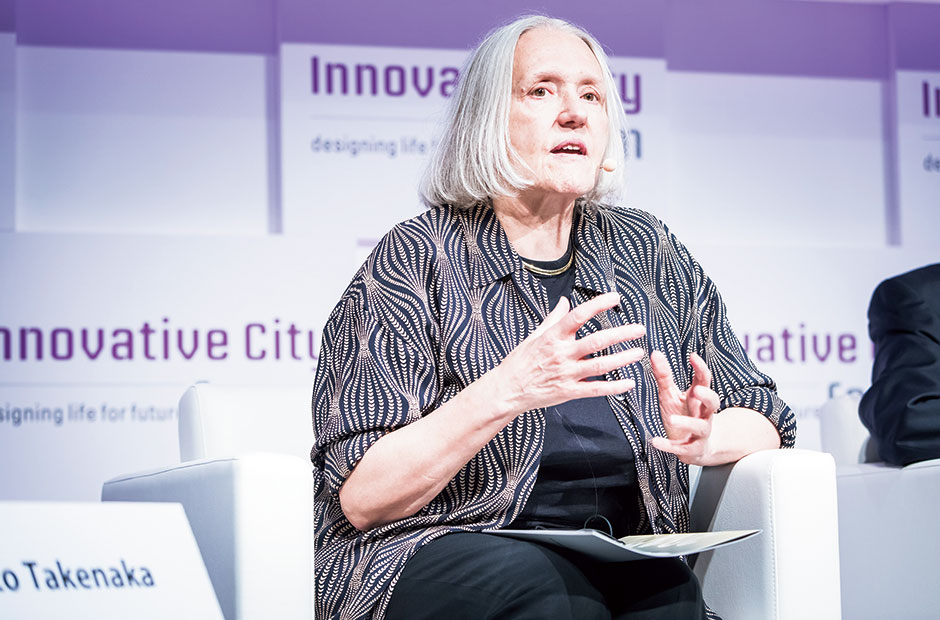
One defining element I have noticed both in the Tokyo 2035 vision and throughout my numerous visits to this city is transformation. Foreign residents and visitors were once concentrated solely in the Roppongi area. Now, however, many parts of the city have internationalized and what were once old residential districts are now bustling centers of mixed-use living. These positive transformations are clearly visible. Not as visible in these future images, though, was the concept of urban space that Mr. Minoru Mori termed a “Vertical Garden City.” High-rise office and residential towers are present, but there seems to be a lack of multi-functional living occurring in the vertical space. Tokyo already possesses many examples of this, where restaurants, shopping, and entertainment occupy not only the lower levels of buildings, but the upper levels as well. It is difficult to avoid the trap of extrapolating the future from the established forms and technology. There will be a set of human questions and totally different possibilities responding to the political, social and technical convulsions we can expect in the coming generation. I believe a more integrated ‘vertical living’ style that incorporates some of these elements could benefit our cities and solve issues related to density and lack of space.
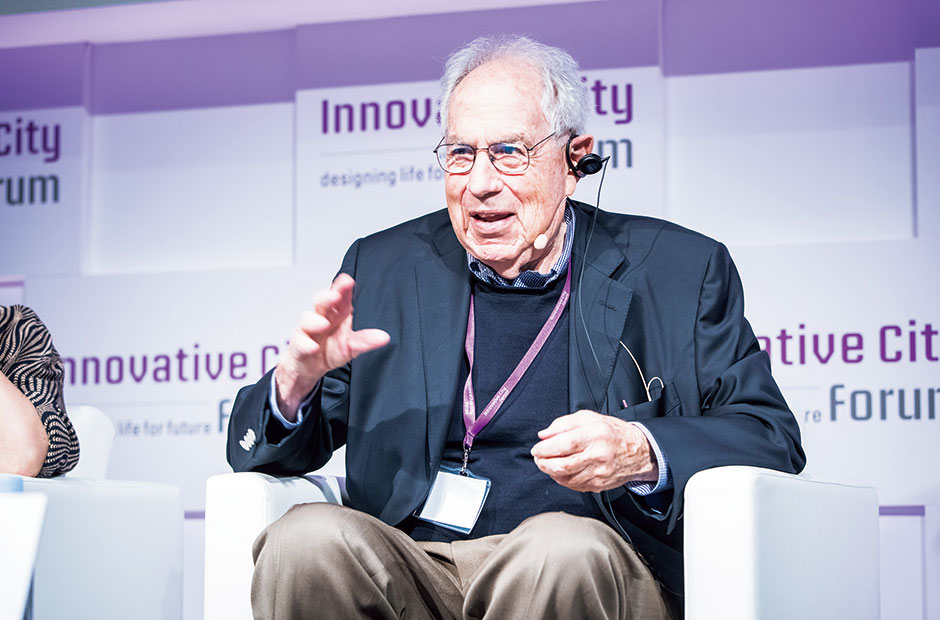
Urban visions are never free-floating. They always have a relationship to concrete historical and urban realities. In this sense, urban visions reflect the historical contexts that have shaped individual cities, while in turn imagining the future through that specific contextual lens. An example of this contextualization would be the capitalist industrial waves that have impacted the design, planning, and organization of cities in capitalism. The 19th century factory and workshop system shaped the visions of cities for that era, and the later machine-based mass production system likewise shaped the reformative visions of urbanization that spread throughout North America.
In the case of Tokyo, then, it is important to recognize the current era in historical context to evaluate the strengths, weaknesses, and long-term goals for the future of the city. The world is now experiencing a third capitalist wave in which there is a convergence between digital technologies on the one hand and cognition and culture on the other hand. This convergence is interspersed throughout numerous urban functions of capitalist development?such as business services, the high-technology industry, or robotics. And while Tokyo may have advanced far ahead on this third capitalist wave, many other cities across Asia, Europe, and North America are quickly catching up. The competitive opportunities offered by this convergence should be included in any vision for Tokyo, or other global cities, in order to strengthen competitiveness.
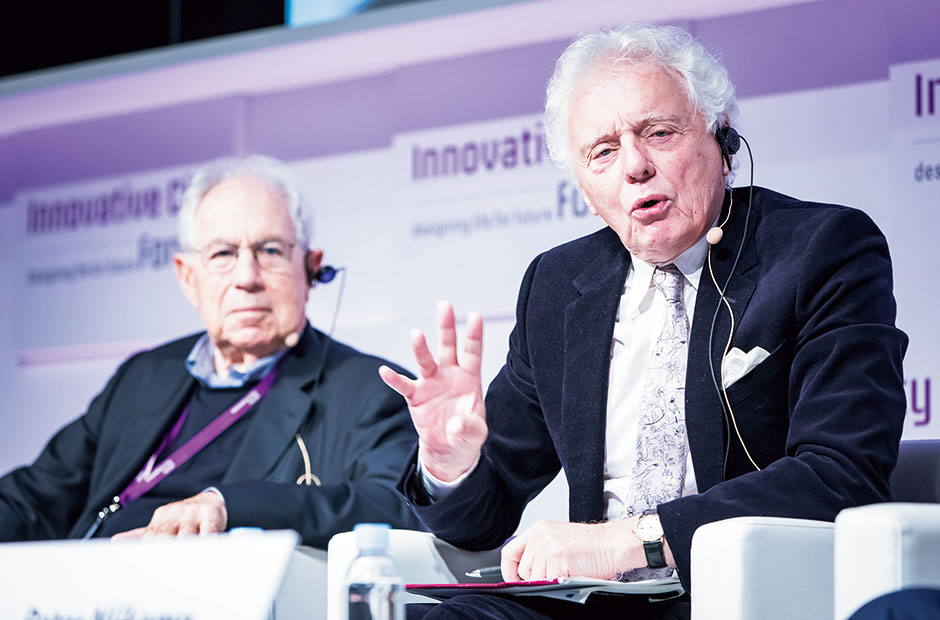
“What makes Tokyo unique?” This is a key question that should be asked when imagining a competitive future. In the past, notable landmarks like the Imperial Palace and Tokyo Tower stood as symbols for the city, while cultural elements like tea ceremonies and ikebana were more commonly accessible. Today, while Tokyo still undoubtedly possesses elements of Japanese culture, there is an increasing lack of specific symbols that evoke a sense of the city’s identity amongst a backdrop of many other large global cities. Despite the fantastic images presented in the Tokyo 2035 vision, that sense of evocative identity was still not emphasized.
How, then, do we define a unique Tokyo? Unique means it has features which are different from other cities in Japan, other cities in Asia, and other cities in the world. Simply constructing a new urban landscape and inserting advanced technology will not be enough to set Tokyo apart from Singapore, Shanghai, or other cities around the globe. Tokyo should focus more on what are indeed its unique characteristic elements and leverage those in its future development.
Another element of the future Tokyo vision that perhaps could have been emphasized more is the changing patterns of lifestyles and interaction. The current styles of people working, shopping, or sitting leisurely in a park, may face a transformation that will require entirely new forms of technology and urban organization. This can already be witnessed with the concept of the ‘invisible city,’ or the informal interactions that people make not only with others in their city, but with those around the globe?all through new technological capabilities. Some forms of outdoor entertainment or fixed-location services may shift to the home, or disappear altogether. In designing a future urban vision for Tokyo, we might require a radically different view on the structure, function, and technologies of cities in order to incorporate the ‘invisible.’
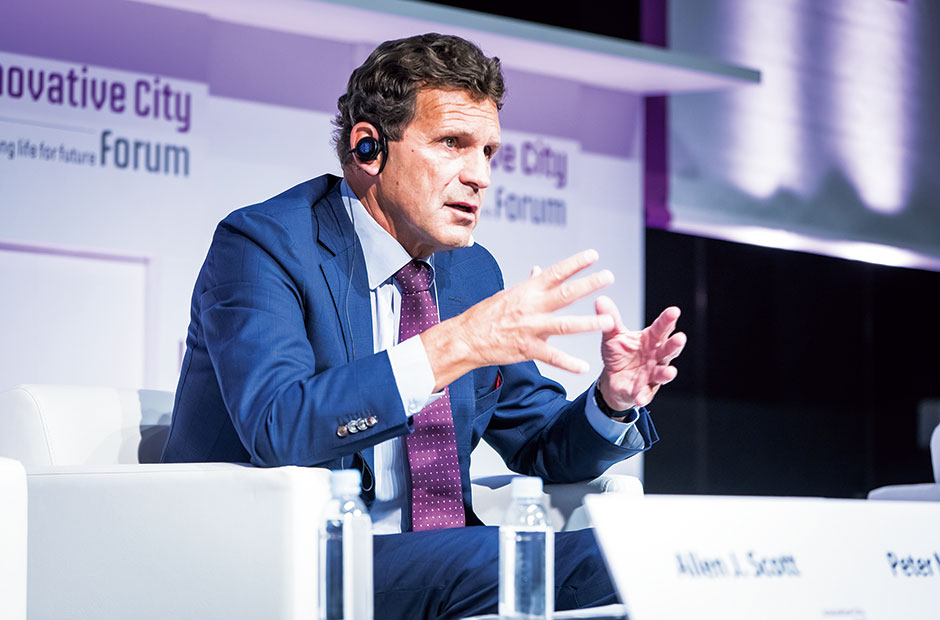
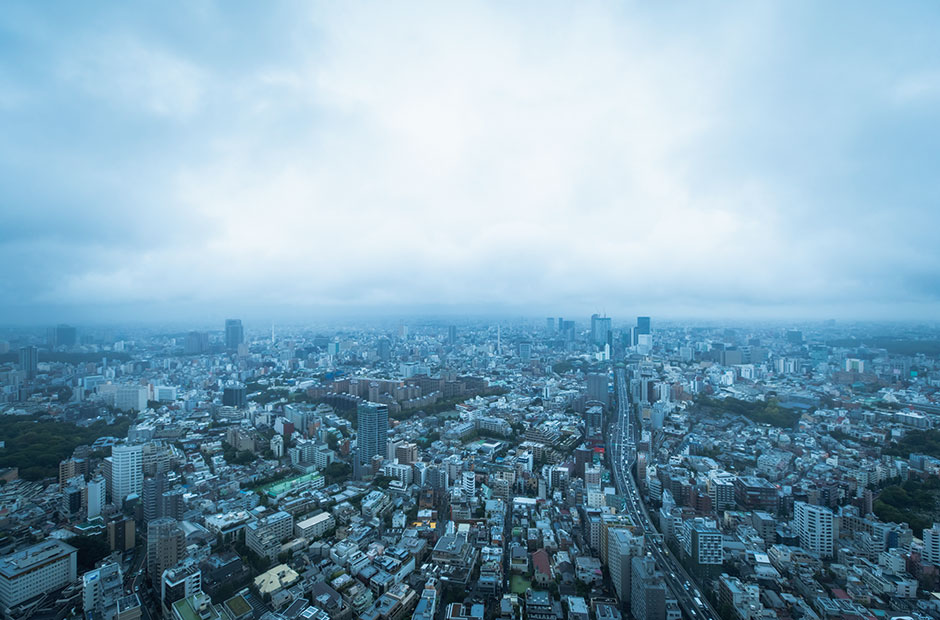
Many different types of urban visions have long been considered and I think they can be largely grouped into three separate phases. In the first phase, cities upheld visions of utopia, in other words, the imagining of an ideal city. The second phase saw the rise of urban issues despite the industrial revolution and other similar catalysts improving people’s lives. During this stage the focus was squarely on resolving those problems. Tokyo too, for many years faced the challenge of solving various urban problems as it grew rapidly during the post-war period. Nonetheless, many of those issues have been resolved. And so now I think we find ourselves in the third phase in which we need to once again consider what constitutes the ideal city of the future.
The idea that Tokyo’s urban problems continue to be resolved is extremely interesting. Poverty is always a point of issue when talking about the problems of cities overseas, but in Japan’s case it is a rarely discussed subject. That said, it could well become a serious problem in the future. We intend to discuss this topic during the second session, so for now I would like to hear everyone’s thoughts on what kind of city Tokyo should be in a global context.
Continuing with that concept of the ‘invisible city,’ I believe that a layer of unseen interaction permeates so much of Tokyo’s urban fabric. This is not restricted exclusively to the private, virtual sphere, but is also visible in more public, real-world contexts. This symposium, for example, is being held on the 49th floor, while above and below us are museums and restaurants which to the outside observer might go unnoticed. Interaction is flowing both vertically here, and horizontally down at the street level, in coffee shops and bookstores. In the rush to quantify and measure urban data, it is possible to overlook how successfully Tokyo is engaging the ‘new,’ and likewise how it is leading globalism in many ways.
Tokyo, as a city, contains a variety of non-spatial zones, or worlds, that are contrary to traditional Western modes of understanding. These zones are somewhat formed and delineated in part by Japanese ideals of design, architecture, electronics, and entertainment etc. They offer a level of complexity and engagement with innovation that to the Western eye seems fascinating, exciting, and even ‘edgy.’ There are of course also darker zones which reflect the more human aspects of society, but even these can be seen positively in the way that Japanese culture has formed an aesthetic around them rather than simply denigrating or keeping them hidden. I felt, however, that the Tokyo 2035 vision underplayed that depth, complexity, and darkness. However, this depth and complexity should be highlighted. Tokyo shares representative ideas from these zones with other global cities, while providing examples to promote a ‘Japanese’ take on urban elements?be they physical structures or cultural values. Likewise, Tokyo adopts outside influences well by converting and adjusting them to match local tastes, be it fashion, architecture, or entertainment. This ‘edginess’ should not be overlooked when constructing a vision for the future as it is what makes this city special.
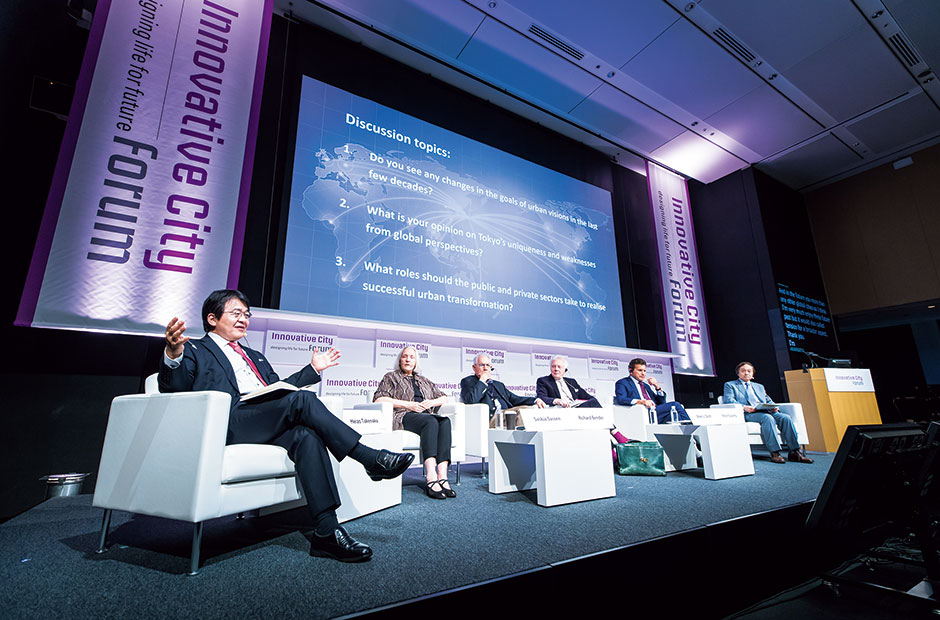
From a Western perspective, Tokyo has always maintained a fairly strong identity, or global ‘brand’. Particularly in the 1980s and 1990s, the city’s identity was focused on its dynamic status as a leader in technology, culture, and economy. These have always been the city’s great strengths. And yet as the GPCI notes, several other leading Asian cities are now beginning to excel in these same variables, and will pose a challenge to Tokyo’s position. Considering this, Japan’s capital can no longer rely on its established advantages and the status quo. That said, in any vision for Tokyo 2035, we get the sense that the city’s identity as a center of ‘advanced technological culture’ will remain unchanged.
What, then, differentiates Tokyo competitively as a global center of technology and culture now from the other rising stars of eastern and southern Asia? Apart from its capacities in developing new forms of urban planning, infrastructure, and institutions, Tokyo will also need to consider future opportunities related to the expanding public realm, or what is increasingly being referred to as the “commons,” which is being ushered into being via innovative technologies and the sharing economy. Public urban space is being utilized in increasingly transformative ways, for example with bicycle or car sharing, co-working spaces, Augmented Reality, and online communication. Tokyo will need to identify and harness these opportunities to enhance its future competitive advantage.
One issue for Tokyo to consider is that of scaling, or, on what geographic level the city wishes to compete. Tokyo’s future strategy will depend on whether it aims to be the best on the sub-national, national, regional, or global stage. In any case, regardless of which stage the city operates, to be the best city means you have to have a distinguishing feature which makes you better than somewhere else. Returning to the concept of uniqueness, Tokyo’s character is difficult to define. Cities like New York, London, and Jerusalem all possess very distinct characters that provoke a clear and differentiated image. While Tokyo is a successful and prosperous city offering a variety of shopping, dining, and activity options, many cities share these same qualities. How is Tokyo different and what is its distinguishing feature?
A possible feature that this city could examine is what the French philosopher Foucault termed ‘Heterotopia.’ This is defined as an urban space with a markedly different, or distinguishing character, which could be either public or private. This concept of heterotopia is especially relevant today since the classification and use of public space is rapidly changing. Rather than traditional activities linked to parks, sidewalks, and plazas, the younger generation are embracing the virtual world, and in essence, making that world itself the new ‘public space.’ Although there remain questions on the governance and relationship between traditional public and virtual spaces, perhaps in Tokyo, a mixture of the two could form a unique heterotopia as a possible distinguishing feature.
Given the in-depth opinions received from our panelists, I would like to ask Professor Ichikawa for some comments to close out today’s first session.
Japan is very good at acquiring things from overseas and modifying them to suit Japanese preferences. In the field of urban planning, we first learned from Paris following the Meiji Restoration and then studied the Greater London Plan. However, after the Second World War, as Tokyo was being rebuilt, we learnt from the major cities of the U.S., such as New York, but constructed our city in a certain Japanese style. But the current period has brought a change in context, and we must go it alone without learning solely from other cities. Going forward, I think this is a challenge that all urban policy experts must meet head on.